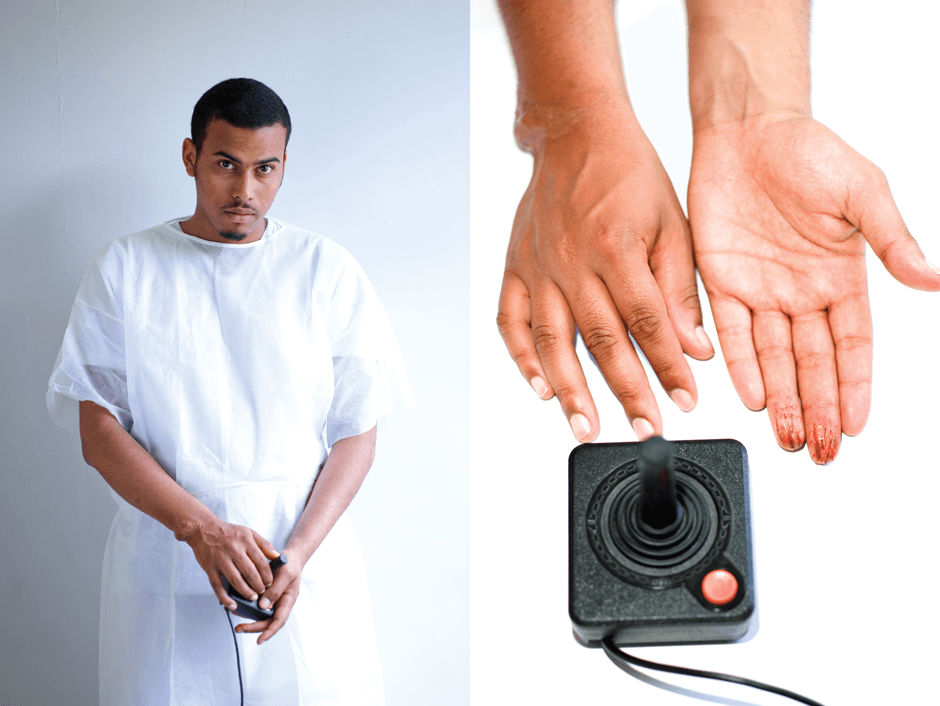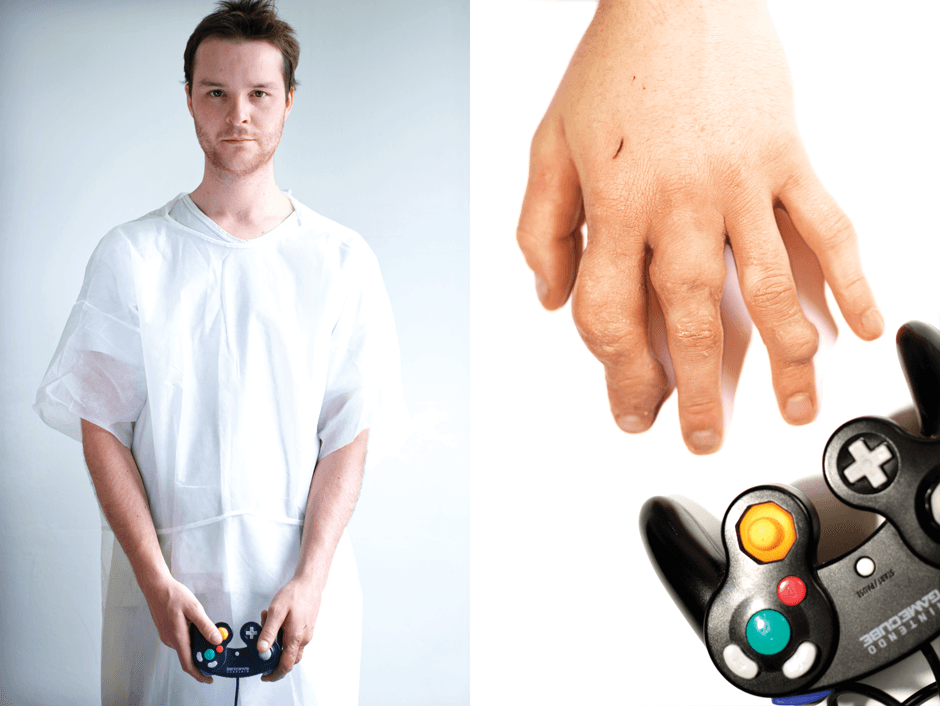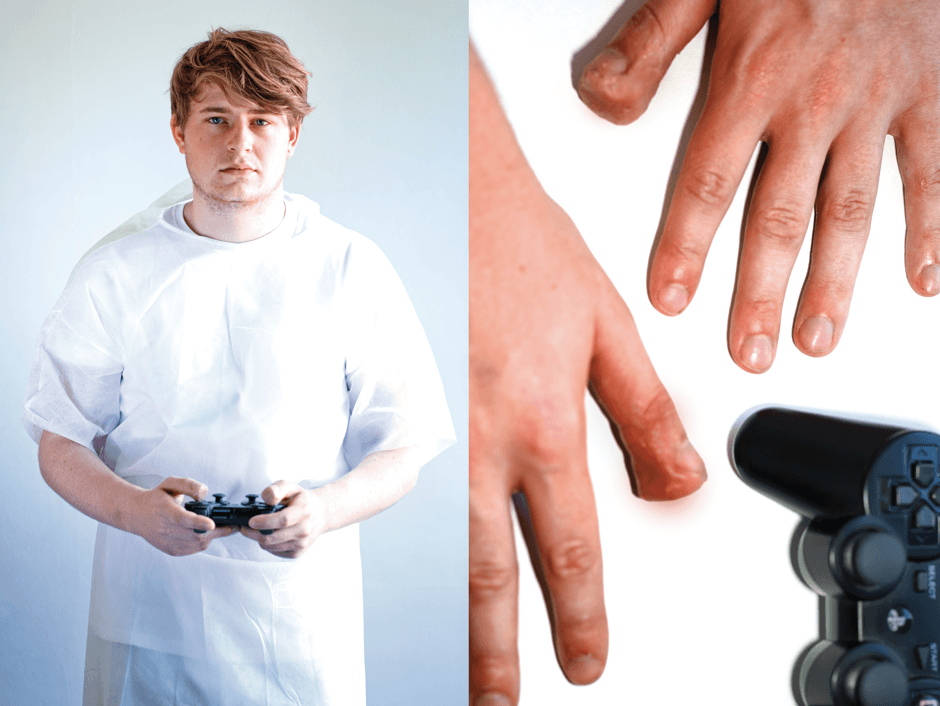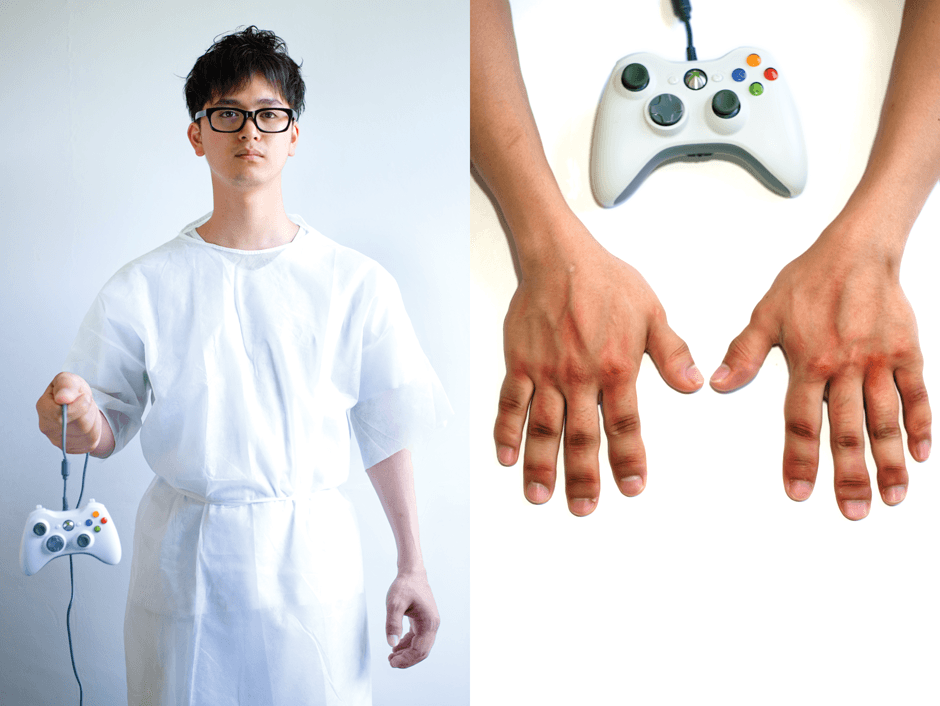The Most Notorious Video Gaming Injuries in History
Sit back-but not for too long. The dangers of excessive gaming are more real than you might think. Familiar terms like “3D Optical Disorder,” “WASD Syndrome,” and “FPS Carpal Tunnel Syndrome” might sound like jokes to some, but for serious gamers, they represent genuine risk.
Understanding the Real-World Health Risks of Gaming

Over the past two decades, the interactive entertainment sector has ballooned into a global powerhouse, achieving $91 billion in total revenue across all gaming platforms in 2016. While millions dive into virtual worlds for hours on end, the long-term health effects of intensive gaming are only just becoming apparent.
Although marathon gaming sessions became the norm in the 1980s and 90s, only in recent years have the physical tolls of these habits come to light. What once seemed like harmless entertainment can now cause some very real injuries.
Classic Video Game Injuries That Left Their Mark
Gamers worldwide have devoted countless hours to chasing high scores and achievements. Unfortunately, this dedication sometimes comes at a price. Here are some of the most infamous injuries associated with gaming throughout history:
3D Visual Impairment: The Dark Side of Depth Perception

While advanced graphics have enhanced the immersion of modern games, original 3D technology had a downside. Early VR systems like Nintendo’s Virtual Boy and SEGA VR sometimes caused eye strain, twitching, and blurred vision. Research eventually linked old-school 3D graphics to potential eye disorders and even partial vision loss for heavy users.
If you grew up using vintage 3D games and now struggle with visual symptoms, it might be best to consult an eye specialist.
Atari Blisters: When Controllers Fight Back

The original Atari joystick is infamous, not just for its design, but for the physical punishment it delivered. Extended play could result in calluses, bleeding fingers, and in some cases, infections from bacteria trapped in the grooves of the controller. Reports in the 1980s even referred to mass outbreaks of “Atari Skinning,” highlighting the unhygienic conditions and injuries related to marathon gaming sessions.
Carpal Tunnel from First-Person Shooters (FPS)

Frequent FPS players who spend long periods gripping a mouse and tapping keys are especially at risk of developing Carpal Tunnel Syndrome. Left unchecked, this condition can lead to hand numbness, persistent pain, and even more severe complications like wrist tumors. Gamers who notice wrist discomfort are strongly advised to rest and seek treatment before more serious symptoms develop.
Nintendo-Related Joint Issues

Repetitive button mashing on Nintendo consoles can place immense stress on joints, leading to conditions colloquially known as “Nintendo Arthritis.” Although the injury is named after the Nintendo systems, any console can contribute to overuse arthritis if play sessions are frequent and prolonged. The result: stiff, aching fingers and joint deformities that can become debilitating over time.
The Infamous Playstation Thumb

Many who played FIFA or Call of Duty on the PlayStation 2 remember the infamous “Playstation Thumb.” The design of the analog stick caused users' thumbs to rub and blister during long sessions. Without proper care, this would often lead to raw, swollen, and even infected thumbs-an unwelcome badge of hardcore gaming.
WASD Syndrome: PC Gaming’s Occupational Hazard

The “WASD” keys on a typical keyboard are essential for most PC gamers, enabling character movement in many genres. Over time, constant, repetitive pressure on the same finger joints can result in stiffness, swelling, and even deformation-symptoms commonly referred to as “WASD Syndrome.” If your fingers start to resemble overworked sausages, it’s a sign you might need a gaming break.
WiiMote Shoulder: When Motion Controls Go Wrong

The Nintendo Wii’s motion controls introduced a new kind of gameplay-and a new set of health risks. Players sometimes misjudged their own enthusiasm, resulting in injuries ranging from bruised shoulders to full dislocations. There were even stories of Wii controllers flying through TV screens as users aggressively played tennis or bowling in their living rooms.
Xbox Hypertrophy: Swollen Hands from Extended Play

Persistent gaming on large, sometimes awkwardly designed Xbox controllers has given rise to “Xbox Hypertrophy.” This term describes noticeable swelling and distortion of the hands due to excessive play sessions. Gamers struggling through long hours of Halo or Gears of War may find themselves paying for their skills with puffy, sore digits.
Final Thoughts: Protecting Yourself While Gaming
While the risks described above are real, most gaming injuries are entirely preventable. To stay safe and healthy while playing, remember these quick tips:
- Take regular breaks-every hour, stretch and move your fingers and arms.
- Maintain good posture and use ergonomic equipment.
- Keep consoles and controllers clean to reduce the risk of infections.
- Pay attention to pain or unusual symptoms and see a specialist if needed.
Have you ever experienced a gaming-related injury that isn’t on this list? Share your story, and remember: play smart to protect your health!













